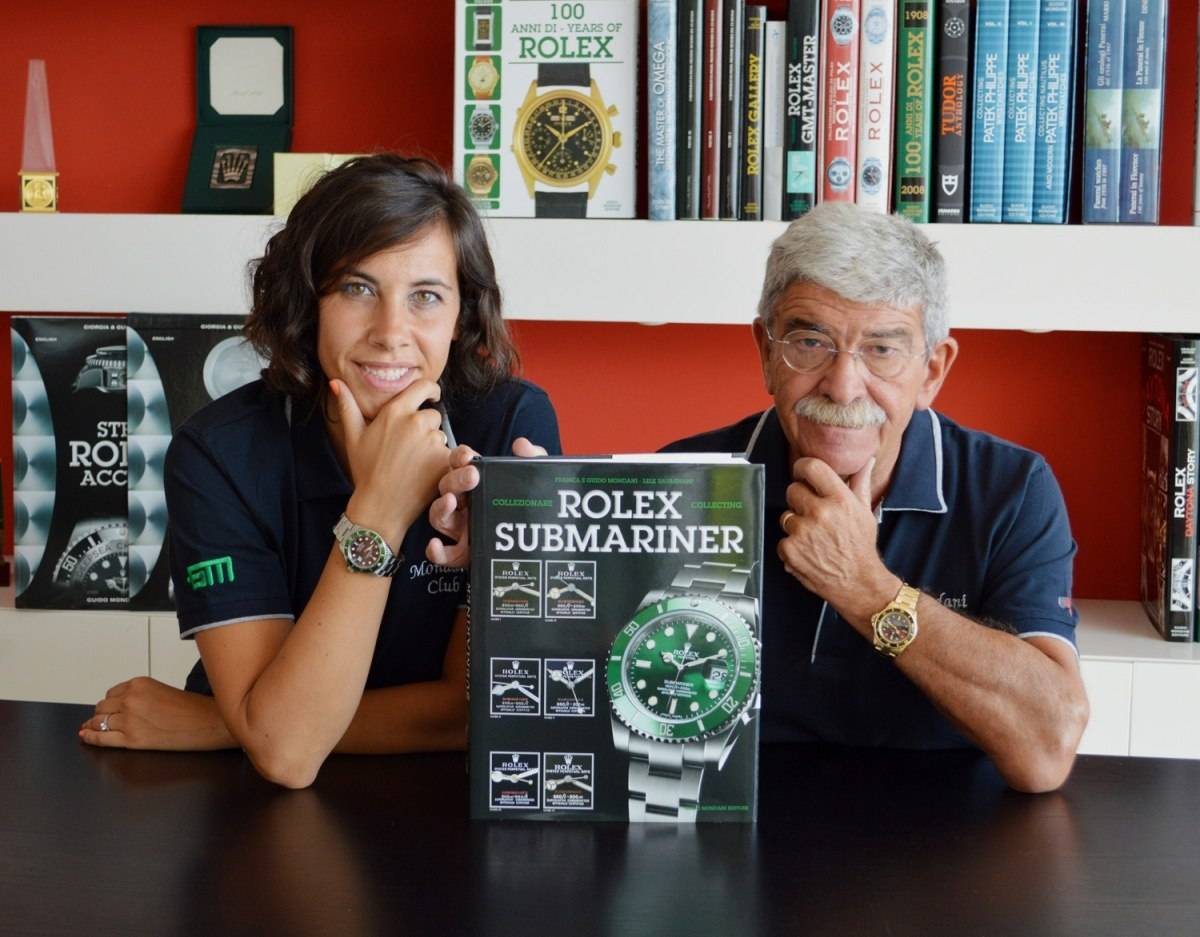
The World’s Rarest And Most Expensive Rolex
“Guido Mondani Editore” is a publishing house founded by Guido Mondani in 1979, specialized in haute horlogerie, that has become a reference for dealers and collectors all over the world. Today, Giorgia Mondani perpetuates her father’s passion, revealing the secrets behind the most prized vintage watches, and hoping to guide our readers towards their dream purchase.
Last month, we mentioned where you should start if you want to build your Rolex collection, here. Today we’re going to talk about where you want to finish, with the Holy Grail of Rolex watches: the Split-seconds Chronograph Ref. 4113
As its name suggests, the split-seconds chronograph is a chronograph which is characterized by two overlapping second hands. And it was made in order to measure the time of two events which start at the same moment, but don’t finish at the same moment. It’s a very complicated function to obtain with a mechanical movement, but it became popular for sporting events that time the competitors (especially in motor racing).
After beginning together, one of the two hands can be stopped, thereby determining the first time measurement, then re-starting it with just one click, it reaches the other hand in movement and matches it perfectly, resuming their mark together again. The second hands can be stopped at the same time or separately and can be reset simultaneously or separately.
Rolex released its first split-seconds chronograph in 1942 with Reference 4113, also known as “Rattrapante chronograph.” Only 12 pieces in the line were ever produced, making it the world’s rarest and most expensive Rolex watch today.
This reference was made in steel, and features three body push-back case (bezel-”carrure”-case back), equipped with two rectangular-shaped buttons, a coaxial button on the crown, dial with applied indexes, tachometer and telemeter scales, subdial with 30 minutes register at the 3 o’clock position, seconds subdial at the 9 o’clock position. The Ref. 4113 has the caliber 17 2/3’’’ with 17 jewels.
We hereby present you four examples sold over the years at various auctions:
The first time this watch appeared in an auction was in 1988 during a Habsburg, Feldman (now Antiquorum) auction. The estimation, which now seems immensely low, was between 40,000 and 50,000 CHF and it realized 53,000 CHF.
Another Ref. 4113 appeared in the Mondani Auction, in May 2006, in one the most important auctions of Rolex watches ever. The Mondani Collection Auction sold 309 lots for an outstanding result of 11,037,278 CHF and innumerable world records were beaten. This particular Ref. 4113 was one of those, representing for many years the watch that fetched the highest auction price of any Rolex watch. It was sold for 738,000 CHF.
Records, of course, are meant to be broken. But what we didn’t know was how high the bar would be reset. On may 16, 2011, at Christie’s “Important Watches” auction, this Rolex Ref. 4113 sold for 1,035,000 CHF, just over its high estimate.
And it looks like the trend is set to continue. The very last time it appeared, in another Christie’s auction in Geneva, on May 13, 2013, the Reference sold for 1,107,750 CHF.
It’s impressive to see how the value of this incredibly rare watch has increased over the years. Unfortunately, it seems to have gone into hiding. Today, spotting a ref. 4113 is a moment that should be cherished. Who knows if and when another example will appear for sale. But we are certainly staying tuned and will keep you up to date when we see it once again.
Photo Credit: Mondani Editore. For more information about the Rolex Split-Second Chronograph ref. 4113, please visit Collecting Watches.
 SIGN UP
SIGN UP















